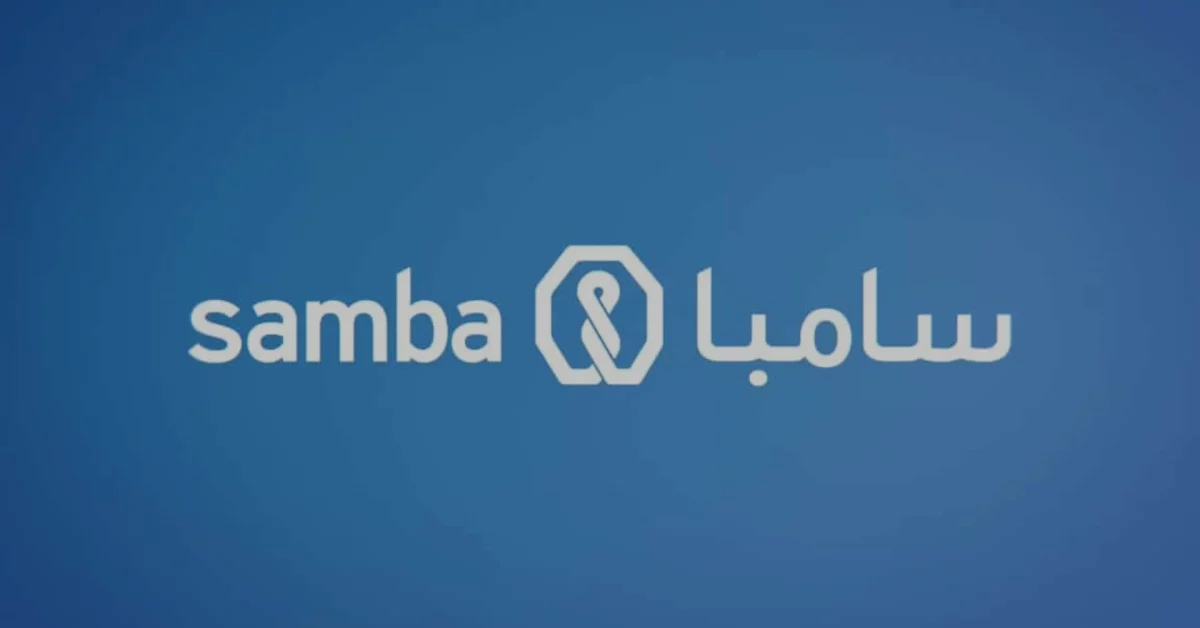
The Potential Of Circular Economy in Pakistan
April 22, 2023
Ahsan Iqbal Leads the Digital Exports & Innovation Agenda
April 28, 2023Mobile Money Trends – Ownership
Although there have been significant advancements in mobile-led financial inclusion in recent years, women still lag behind men in using mobile money services. The reasons for this gender gap include limited access to mobile phones, insufficient awareness of mobile money, low literacy, and digital and financial skills, and a failure to perceive the relevance of mobile money. The COVID-19 pandemic’s ongoing economic crisis has further exacerbated this issue, disproportionately affecting women’s access to and use of mobile money. This gap presents a missed opportunity for both women and mobile money providers (MMPs). Women who use mobile money services can achieve greater financial inclusion, economic independence, and play a more active role as financial decision-makers, which can have a positive impact on their communities and the broader economy.
Simply owning a handset and being aware of mobile money does not necessarily translate into owning a mobile money account, particularly for women. In Ghana and Pakistan, where mobile ownership is high, and awareness of mobile money is almost universal, the gender gap in mobile money account ownership persists. For instance, in Ghana, only 79% of women own a mobile money account, compared to 88% of men, despite both genders having almost equal awareness and access to mobile phones. Similarly, India and Pakistan have the largest gender gaps in mobile money account ownership, primarily due to social norms and low mobile ownership among women. According to the GSMA Consumer Survey, apart from Kenya, where there is a more mature mobile money market, women in LMICs are 28% less likely than men to own a mobile money account. Senegal and Ghana have high levels of mobile money account ownership, but women in these countries are still 15% and 10% less likely to have an account than men, respectively.





